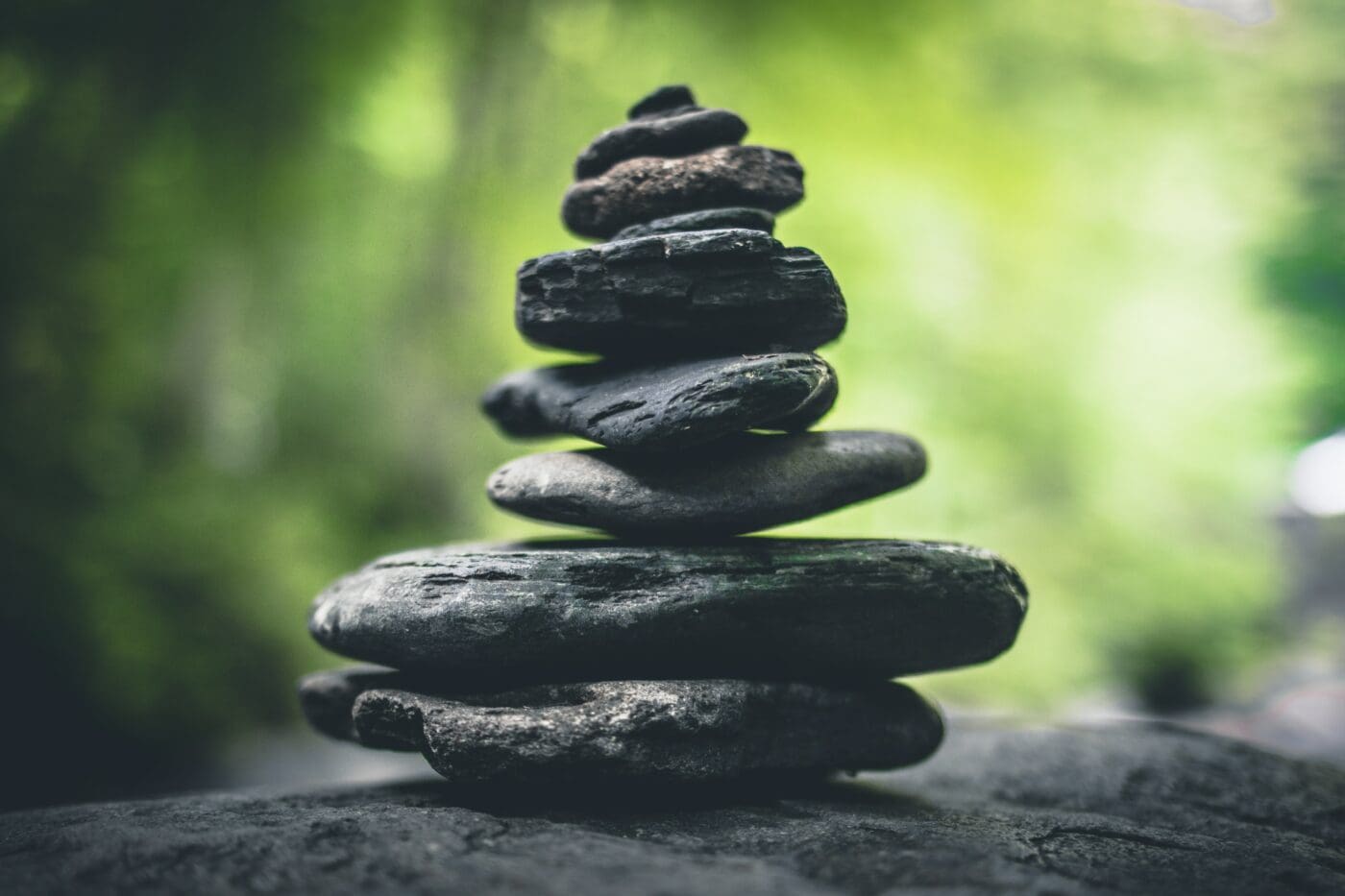By Di Atherton / Guidely
I remember every detail of the early morning of June 18, 2016. My husband and I had a beautiful snuggle before getting out of bed to enjoy our Saturday activities. I went off with my cycling group and he participated in a sailing regatta. We kissed goodbye knowing that we would regroup later in the day before joining his son and new wife for a pre-fathers-day dinner.
My husband did not make it to his sailing event that day. He was found unresponsive on our bathroom floor. At age 48 and in a matter of minutes, I became a widow.
Grief
It is clear from the fragmented memories of that day, that my body was in shock. However, by the following morning I was able to feel the intense pain and sadness of my devastating loss. I was moving through the waves of emotion with certainty that I was safe no matter what was ahead of me. This was new and uncharted waters, but I was fully present, connected to myself and the world around me.
You never know what life is preparing you for and it was no accident that I was in a flow state through my tragedy. I had been intensely committed to finding more balance in my nervous system and safety within myself, and this undesirable experience revealed that my commitment had paid off as I was more capable and resilient of managing my stress. I had the capacity to move trauma energy through my body. I didn’t have to fight against my emotions or avoid their discomfort.
Whether the loss of a loved one is a result of death or a break-up, we are often left feeling unsafe. And when we feel unsafe, our survival mechanisms of fight, flight, or freeze (disconnection) take over as a way of avoiding pain. This behavior is directed by the nervous system’s attempt of regulating and surviving when it feels dysregulated. The problem is that fight, flight, or freeze only exacerbates grief and produces more stress in our bodies.
Grief Support
The first thing I tell clients who have lost a loved one is that grieving is a process. There is no right or wrong way or appropriate timeline. The 5 stages of grief and restoration will present themselves organically if the individual sets up the right support systems and infrastructure both internally and externally. This is because the body intuitively knows what it is capable of handling. The key is trusting the body and creating more regulation in the nervous system.
While each person will experience grief in their own unique way, time alone does not heal. I see many people who get stuck in their grief because they cannot find the tools to move from the darkness to the light. Whatever path one chooses, it is important to remember that the body holds the stress and trauma of grief. Bringing the body into the process allows us to create more connection to ourselves so that we can safely be with our experience.

Grief Counselling
There are several small exercises one can do each day in the aftermath of losing a loved one. While these exercises may only take a few minutes each day, they add up. Five minutes a day over a year is 30 hours of self-care. The good news is that these exercises are available to you at any time and will assist in bringing you back to the present moment where healing happens.
Exercises to assist in staying connected during grief:
Self-hug: I recommend doing this exercise with gentle music. Wrap your arms around your body and notice the body sensation. Begin to feel the boundaries of your body and notice what it feels like to sit quietly in this position. Notice what it feels like to let your emotions move through your body as you hold yourself in this nurturing position.
Orienting: this is a great exercise to try if you are having difficulty being in your environment. Begin by looking around the room. Pick a color and start to identify objects of that color. See what you notice? Are there any positive memories that come up as you look at the identified objects? Get curious where your eyes are wandering. Notice what it feels like to come back into the room?
The 5 Stages Of Grief
Grieving is a process. There is no quick way through it but if we can take care of our bodies and lean into the pain, we can grow and develop a deeper connection to ourselves and others. Our greatest pains can become our greatest assets and teachers. Self-care, patients, persistence, and presence are essential in this process.




